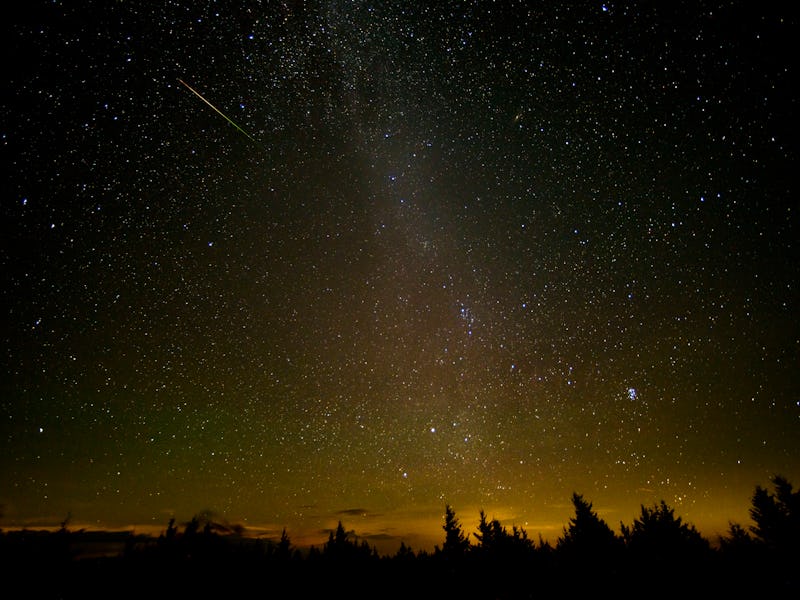College Student Confirms the Milky Way Is in the "Boondocks"

Scientists have found that the universe looks a lot like Swiss cheese, with filaments and voids composing the overall structure of the cosmos. Interestingly, the Milky Way lies in a void — where there is very little activity — like the boondocks of the universe.
These new findings, announced this week, confirm a 2013 study by astronomer Amy Barger of the University of Wisconsin-Madison, who found that the Milky Way exists in one of these voids. Back then, controversy ensued. Scientists disagreed about the proper technique for using the Hubble Constant — a unit of measurement used to identify the rate of expansion of the universe — which would give different results depending on how it was used. Therefore, this Swiss-cheese structure doesn’t work with current estimates.
Now, Ben Hoscheit, an undergraduate student at UW-Madison, has cleared up the controversy of Barger’s findings (his professor) with a simple explanation: It’s the void that was messing up everyone’s findings in the first place. The numbers will only make sense if a scientist accounts for the void in their Hubble Constant measurements. If a scientist fails to do this, and bases their technique off of, say, a distant supernova’s gravitational pull, they will ultimately come up with a different answer. This is because there is less of a gravitational pull in a void. It’s those dense supernova that are exerting a higher pull and, therefore, resulting in different numbers.
“No matter what technique you use, you should get the same value for the expansion rate of the universe today,” Hoscheit says. “Fortunately, living in a void helps resolve this tension.”
Setting the record straight makes it much easier to imagine how the Milky Way fits into the overall equation. The universe consists of a complex network of filaments, which intersect and form superclusters that consist of stars, gas, and dust. There is constant activity in these clusters: supernova explosions, collisions, and supermassive black holes.
The universe, as simulated by the Millennium Simulation, is structured like Swiss cheese, in filaments and voids. The Milky Way, according to UW-Madison astronomers, exists in one of the holes or voids of the large-scale structure of the cosmos.
But in the void, there are far fewer galaxies, stars, and planets than expected, meaning much less activity. The void in which the Milky Way resides, called the KBC for Keenan, Barger, and the University of Hawaii’s Lennox Cowie, is the largest one in the known universe. It is seven times larger than the average void, with a radius measuring about 1 billion light-years.
“It is often really hard to find consistent solutions between many different observations,” Barger said. “What Ben has shown is that the density profile that [Ryan Keenan, her student in the 2013 study] measured is consistent with cosmological observables. One always wants to find consistency, or else there is a problem somewhere that needs to be resolved.”
A map of the local universe as observed by the Sloan Digital Sky Survey. The orange areas have higher densities of galaxy clusters and filaments.
Hoscheit calls for a “local” determination of the Hubble Constant that still uses supernovae explosions as reference — because they consistently explode with the same amount of energy — but specifically ones that are closer to the Milky Way, inside of the KBC void.
Barger said there are no more obstacles now when it comes to understanding the Milky Way’s whereabouts in the universe. Hopefully that clears things up for cosmologists studying its expansion.
The study results were announced this week at the 230th annual meeting of the American Astronomical Society in Austin, Texas.